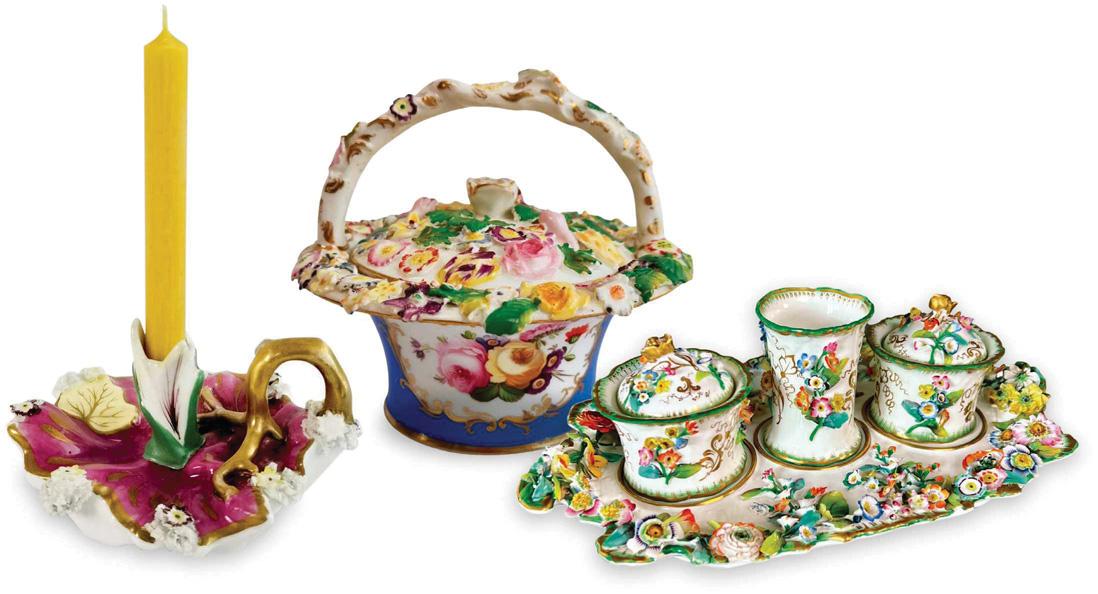
Love it or hate it, as we have been looking at 19th-century Rococo Revival porcelain we must talk about the 'Coalbrookdale' style. Encrusted with countless little blooms, it is not my natural favourite. But then there are some items that I can't help but utterly love, because they are so beautifully made, so pleasing in their shapes, and so boundlessly uplifting in their sheer 'flower power'.
The name Coalbrookdale came from a village in Shropshire, recognised as 'the birthplace of the Industrial Revolution' thanks to the world's first coke blast furnace. It was also an early name used by the nearby Coalport porcelain factory, which was the first to popularise the encrusted porcelain style. Ironically, this village - the cradle of the environmental destruction we are facing today - also lent its name to this delicate style of flower-encrusted porcelain.
From the mid 1820s to about 1850, many factories produced this style, but it all started with Coalport. When the Rococo Revival fashion emerged, Coalport took some 18th-century German items from Meissen as an example: the 'Schneeballen' style (German for 'snowballs') with thousands of tiny encrusted blooms. From there, it quickly developed: floral details were added, and sometimes birds.
The Coalbrookdale style had earlier roots also in Britain; encrusted flowers had been used on the 18th-century porcelain figures, as bocage' or a background of trees and bushes. Chelsea made some crazy-looking frill vases' with large encrusted flowers.
But, back in the 18th century, encrusted flowers were not the main event, just an embellishment.
هذه القصة مأخوذة من طبعة June 2023 من Homes & Antiques.
ابدأ النسخة التجريبية المجانية من Magzter GOLD لمدة 7 أيام للوصول إلى آلاف القصص المتميزة المنسقة وأكثر من 9,000 مجلة وصحيفة.
بالفعل مشترك ? تسجيل الدخول
هذه القصة مأخوذة من طبعة June 2023 من Homes & Antiques.
ابدأ النسخة التجريبية المجانية من Magzter GOLD لمدة 7 أيام للوصول إلى آلاف القصص المتميزة المنسقة وأكثر من 9,000 مجلة وصحيفة.
بالفعل مشترك? تسجيل الدخول
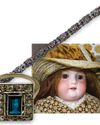
Lisa Coppin
The Cotswold Company’s chief creative officer shares the pieces that mean so much to her

TRAVEL
Six of the best pineta, plus a festive trip to Covent Garden. Review of The Orange, Belgravia by Katie Pike, travel stories
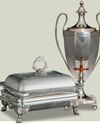
OLD SHEFFIELD PLATE
Stumbled upon by chance, this ingenious material was a more affordable option than solid silver, and well-preserved examples are particularly desirable today
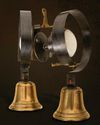
Merrily on high
Summoning servants since the 1700s, bell boards create instant English country-house style (even if you don't have any servants). Emma Longstaff dons her pinny
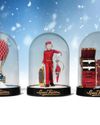
Let it snow
Nostalgic, magical and highly collectable, snow globes are curious objects of wonder that never fail to instil joy
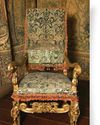
Velvet Crush
Once the preserve of the wealthy, velvet finally touched all levels of society, thanks to advances in its production process

Celebrating in the Stable
Antiques dealer Julia von Hülsen specialises in Gustavian pieces - all of which look perfectly placed in her German home
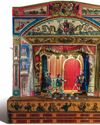
THE SHOW MUST GO ON
Victorian toy theatres charming and exquisitely designed miniature worlds have inspired theatre royalty for decades. Today, the tradition is being kept alive by a small but talented network of makers
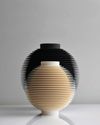
NICHOLAS LEES
The ceramic artist talks to Dominique Corlett about new ways of working with clay and blurring the edges of solid objects

Candy CHRISTMAS
Pastel hues, vintage decorations and bowls of sweet treats: the festive run-up is gloriously joyful at Bettina Færgeman's historic Copenhagen apartment, where there's an emphasis on entertaining...